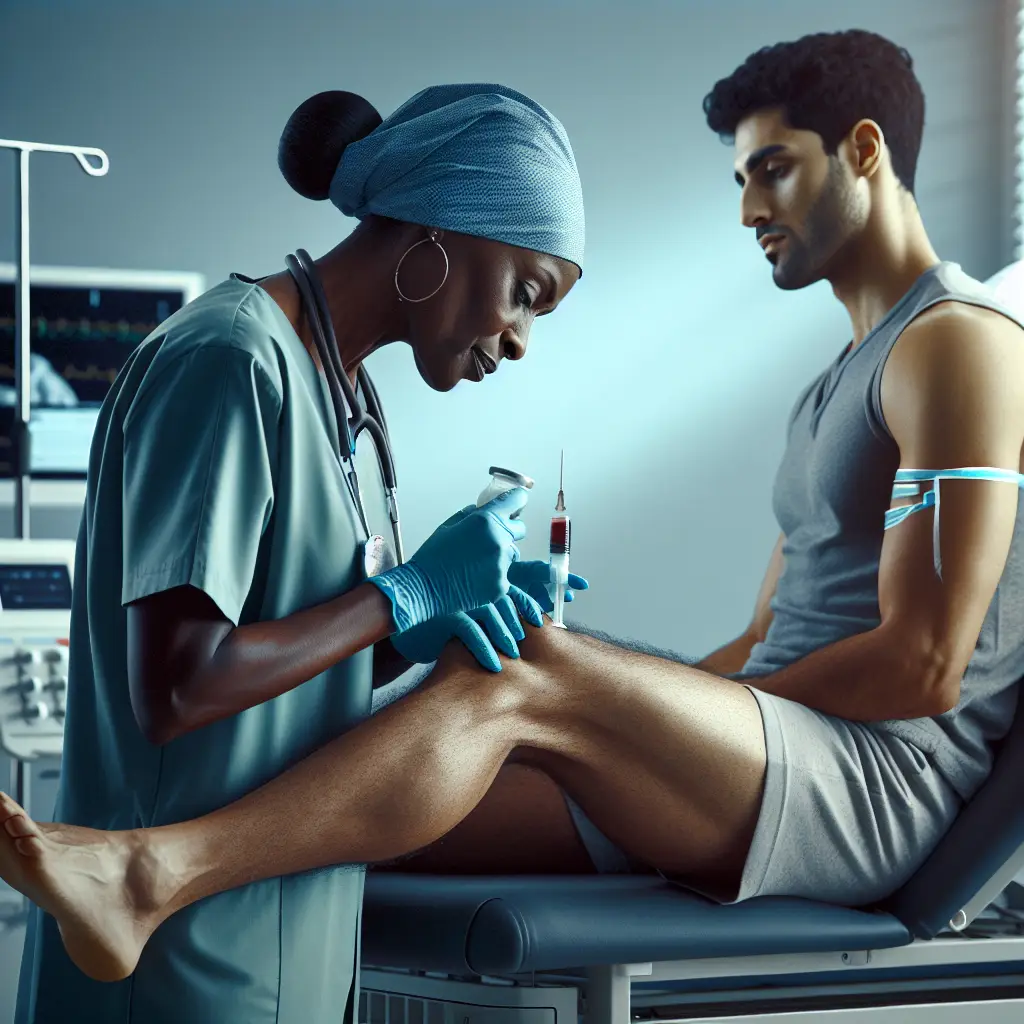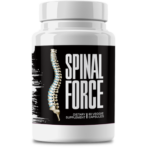This Village-Made Chinese Pain Reliever Eliminates Back And Joint Pain!
Plasma Therapy for Knee Pain: What You Need to Know

Discovering Plasma Therapy for Knee Pain
Dealing with knee pain is no walk in the park. It can really put a damper on your day-to-day activities and overall happiness. But there's a silver lining on the horizon—plasma therapy for knee pain is emerging as a fantastic alternative to the usual treatments. Let's dive into the world of plasma therapy, exploring its perks, how it works, and just how effective it can be.
Unpacking Plasma Therapy
So, what exactly is plasma therapy? Often called Platelet-Rich Plasma (PRP) therapy, it's a process that uses a concentrated dose of your own platelets to speed up healing. Platelets are those little blood cells that play a big role in healing by releasing growth factors to help repair and regenerate tissue.
Understanding Knee Pain and Its Root Causes
Knee pain is a pretty common issue, and it can pop up for various reasons like arthritis, ligament injuries, or meniscus tears. This kind of pain can really hold you back, limiting what you can do daily. Figuring out what's causing the pain is key to finding the right treatment.
Why Opt for Plasma Therapy for Knee Pain?
Plasma therapy is a unique treatment that taps into your body's own healing powers. It's a great choice if you're looking for something less invasive that could speed up recovery and ease your pain. For many folks, it's a fantastic alternative to more invasive options like surgery.
How Does Plasma Therapy for Knee Pain Work?
The Science Behind It
The magic of plasma therapy lies in isolating and concentrating platelets from a small sample of your blood. When these platelets are injected into your knee, they release growth factors that encourage tissue repair and help reduce inflammation. It's all about creating the perfect healing environment.
A Step-by-Step Look at Plasma Therapy
Here's how it typically goes down:
- Drawing Blood: A small blood sample is taken from you.
- Processing: The blood is spun in a centrifuge to separate the platelets from the rest.
- Injection: The platelet-rich plasma is then injected into your knee joint, usually with the guidance of ultrasound.
What Can You Expect from Plasma Therapy?
Many people notice less pain and better mobility just weeks after treatment. But keep in mind, results can vary depending on how serious the condition is and how quickly you heal. It's important to have realistic expectations and chat with your healthcare provider about what to expect.
The Benefits of Plasma Therapy for Knee Pain
Less Pain, More Movement
Plasma therapy has shown great promise in reducing knee pain and improving joint function. This means getting back to your daily activities with more ease and comfort.
A Less Invasive Option Compared to Surgery
Unlike surgery, plasma therapy is minimally invasive—just injections, no cutting involved. This means fewer risks and a shorter recovery time.
Long-Term Relief and Quick Recovery
A big plus of plasma therapy is its potential for long-term pain relief and functional improvement, often with a quicker recovery than surgical options.
Is Plasma Therapy for Knee Pain Right for You?
Who Can Benefit and What Conditions Are Treated?
Plasma therapy is great for those with mild to moderate knee osteoarthritis, tendon injuries, or ligament sprains. It's especially handy for those wanting to delay or avoid surgery.
What to Consider Before Treatment
A thorough chat with your healthcare provider is crucial to see if plasma therapy is a fit for you. This might include imaging studies and a detailed look at your medical history.
Who Should Steer Clear?
Plasma therapy isn't for everyone. It might not be suitable for those with active infections or severe joint damage. It's vital to discuss any medical concerns with your doctor beforehand.
Risks and Side Effects of Plasma Therapy for Knee Pain
Common Side Effects
You might experience some temporary pain, swelling, or bruising at the injection site. These usually clear up within a few days.
Rare Complications and Prevention
Though rare, complications like infection or nerve damage can happen. Choosing a seasoned healthcare provider can greatly minimize these risks.
Ensuring Safety
Maintaining a sterile environment and following established protocols are key to reducing risks. Talk to your provider about safety measures to feel confident about the procedure.
Comparing Plasma Therapy with Other Knee Pain Treatments
Plasma Therapy vs. Corticosteroid Injections
Corticosteroid injections offer quick relief, but the effects don't last long. Plasma therapy, in contrast, fosters long-term healing, making it a more sustainable choice for chronic issues.
Plasma Therapy vs. Surgery
Surgery is typically a last resort for severe cases. Plasma therapy offers a less invasive alternative with fewer risks and a faster recovery.
Cost and Accessibility
While plasma therapy might cost more upfront than some treatments, its potential for long-term relief could make it more cost-effective over time. Availability can vary based on where you live and the clinics nearby.
What to Expect During and After Plasma Therapy for Knee Pain
The Day of the Procedure
On the day of your procedure, you'll have the blood draw, processing, and injection. The whole process usually takes about 1-2 hours, and you can typically head home the same day.
Aftercare and Recovery
After the procedure, you might need to rest, apply ice, and avoid strenuous activities. Your provider will give specific instructions tailored to your recovery needs.
Keeping Track of Your Progress
Regular follow-up appointments are essential to monitor your progress and tackle any concerns. Your provider might recommend additional sessions based on how you're healing.
Wrapping It Up
Main Points to Remember
Plasma therapy for knee pain taps into your body's natural healing powers and offers several benefits, including pain reduction, improved mobility, and being minimally invasive.
Final Thoughts
If you're thinking about plasma therapy for knee pain, have a chat with a qualified healthcare provider to explore your options and see if it's the right move for you. With the right approach, you could be on your way to feeling more comfortable and mobile. What are your thoughts? Share them in the comments below, and feel free to reach out for more info.








